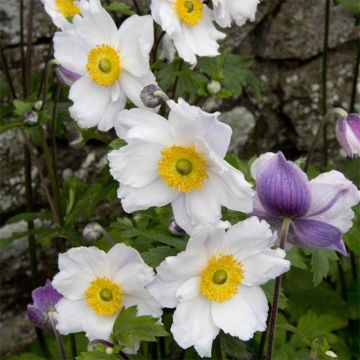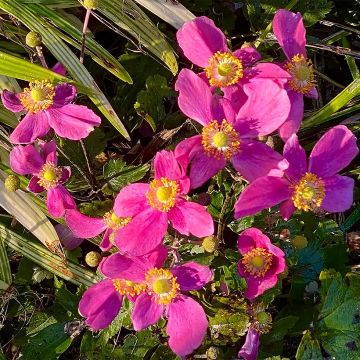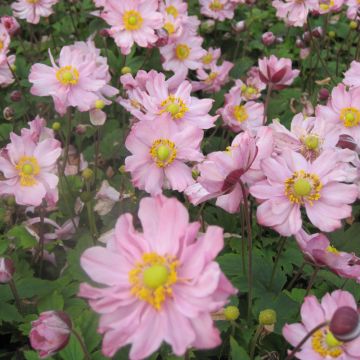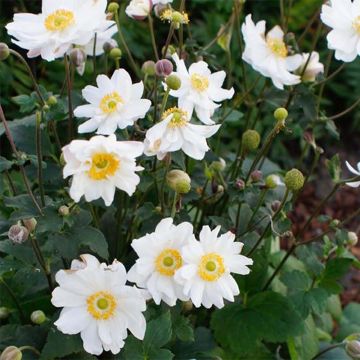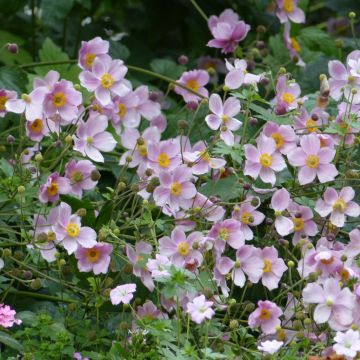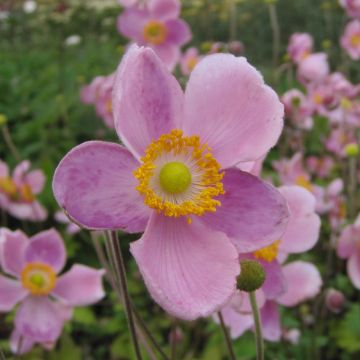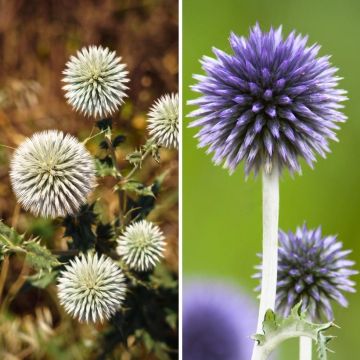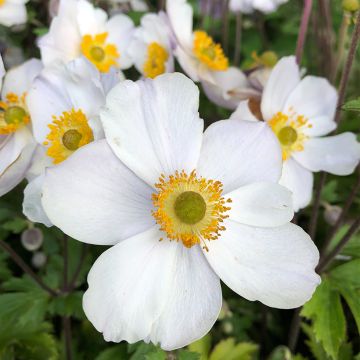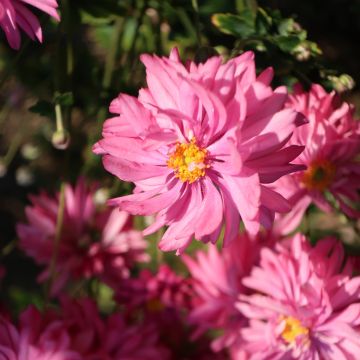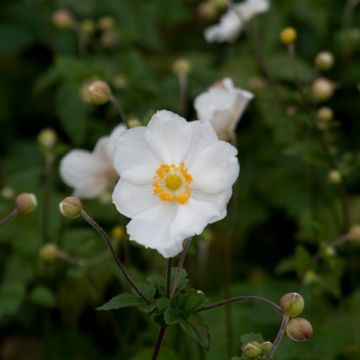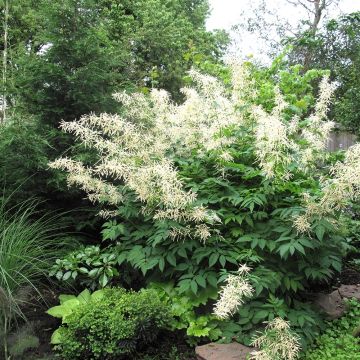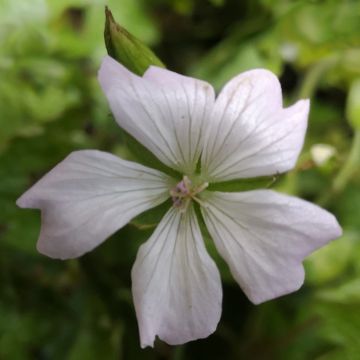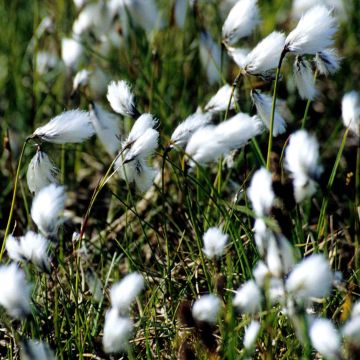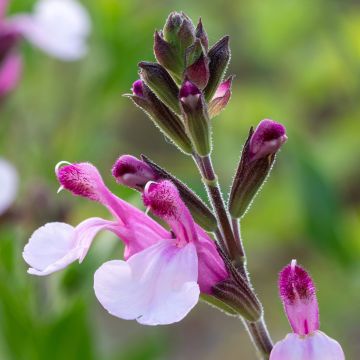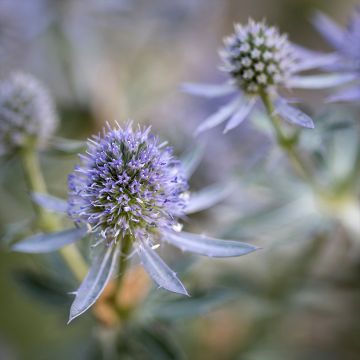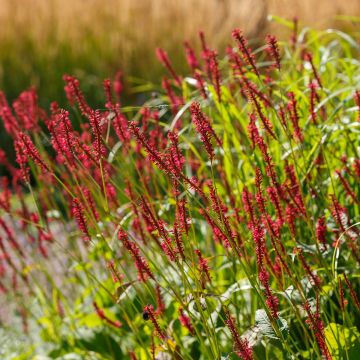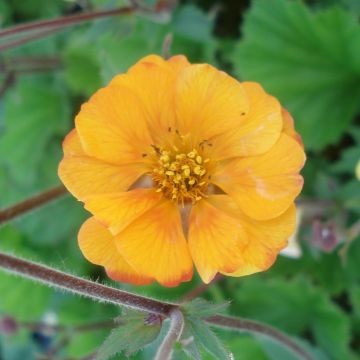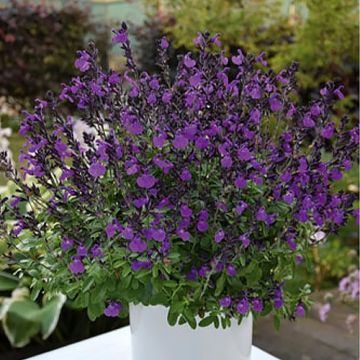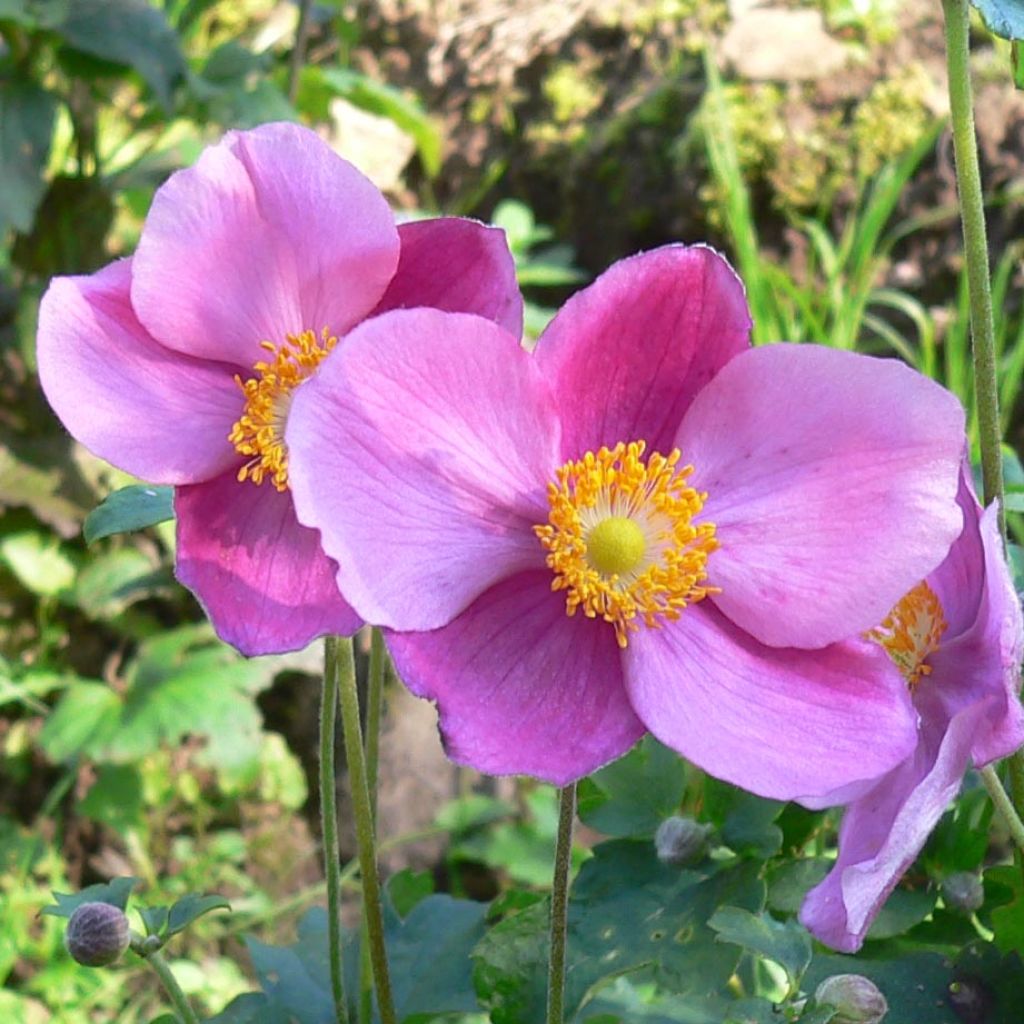

Anemone hupehensis Splendens
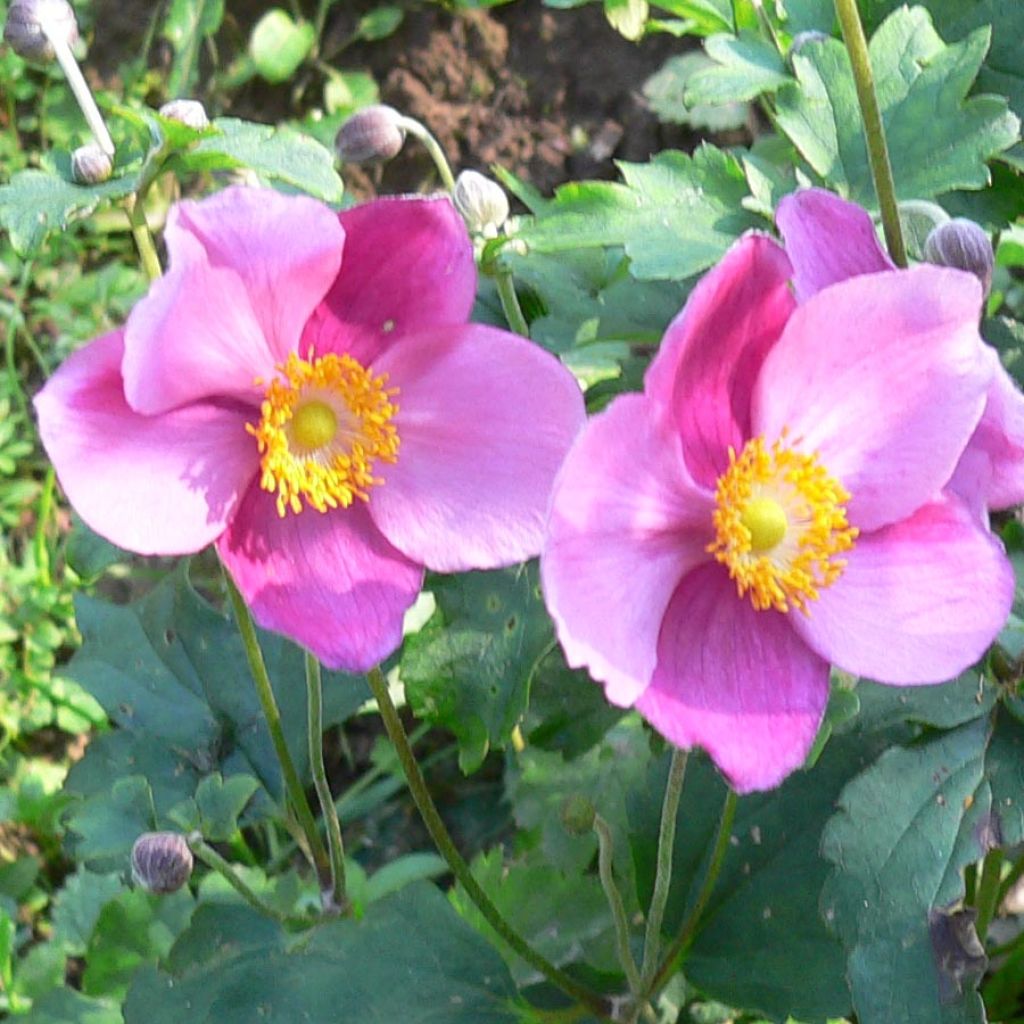

Anemone hupehensis Splendens
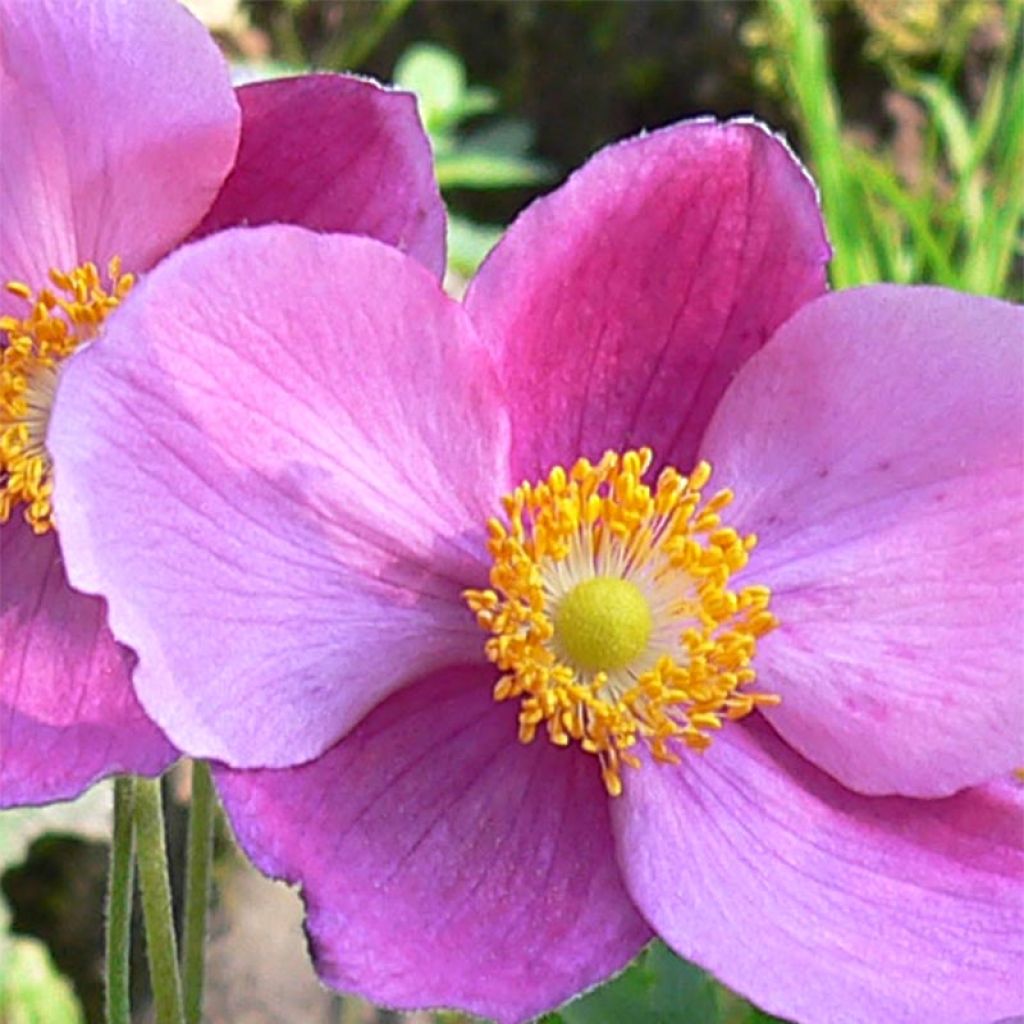

Anemone hupehensis Splendens
Anemone hupehensis Splendens
Anemone hupehensis Splendens
Japanese anemone, Thimbleweed, Windflower
This item cannot be shipped to the selected country
Delivery charge from €5.90
Delivery charge from €5.90
More information
Schedule delivery date,
and select date in basket
This plant carries a 12 months recovery warranty
More information
We guarantee the quality of our plants for a full growing cycle, and will replace at our expense any plant that fails to recover under normal climatic and planting conditions.
From €5.90 for pickup delivery and €6.90 for home delivery
Express home delivery from €8.90.
From €5.90 for pickup delivery and €6.90 for home delivery
Express home delivery from €8.90.
Does this plant fit my garden?
Set up your Plantfit profile →
Description
Anemone hupehensis 'Splendens', a variety of Japanese anemone, is a delightful late-flowering perennial. Its numerous flowers are all unique, thanks to their different-sized petals that come in several shades of pink. They generously bloom from late August to early October, adding movement to flower beds with their undulating silhouette. During this time, they are often used in bouquets along with asters and crimson foliage.
'Splendens' is a medium-sized anemone, reaching a height of 80cm (32in) when in bloom. It fits well in the back of small compositions and in the centre of larger spaces. Its basal clump is made up of finely cut, toothed-edged leaves, sometimes with a hairy underside. Deciduous, they can sometimes be semi-evergreen in milder climates. When grouped together, they form a relatively dense and beautiful large cushion. Above this cushion, thin and flexible stems rise, giving them their airy appearance. Even the slightest breeze makes them sway. At the top of these stems, delicate flowers regularly bloom and continue throughout the season. They consist of five rounded and slightly incurved petals, resembling small spoons, but with unequal lengths and widths and different shades. It is this whimsical nature that gives them a lot of charm. Some are a slightly pale-pink, while others are a very deep pink. The contrast is quite appealing.
This Japanese anemone prefers moist and rich soils, and a sunny or semi-shaded exposure. It may take some time to establish itself, but then it develops quite generously. It requires no maintenance; just cut the flower stalks at the end of autumn or in early spring.
Anemone hupehensis 'Splendens' adds a poetic air to the garden in late summer. It can be placed behind heucheras and perennial geraniums, among cosmos and dahlias, and in front of giant asters; it fits anywhere! You can also incorporate it into a wilder setting, with grasses and our "Giant and Ethereal" plants, or in a softer and more delicate composition in front of Hydrangea serrata 'Cotton Candy' and Rosa 'Pink Cloud'.
Report an error about the product description
Anemone hupehensis Splendens in pictures
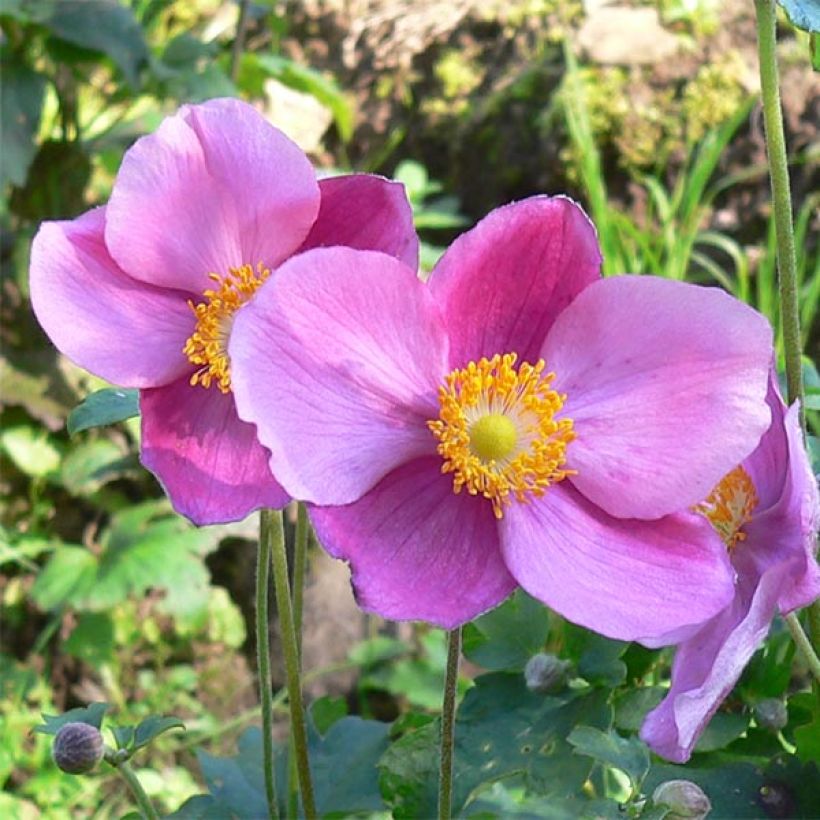

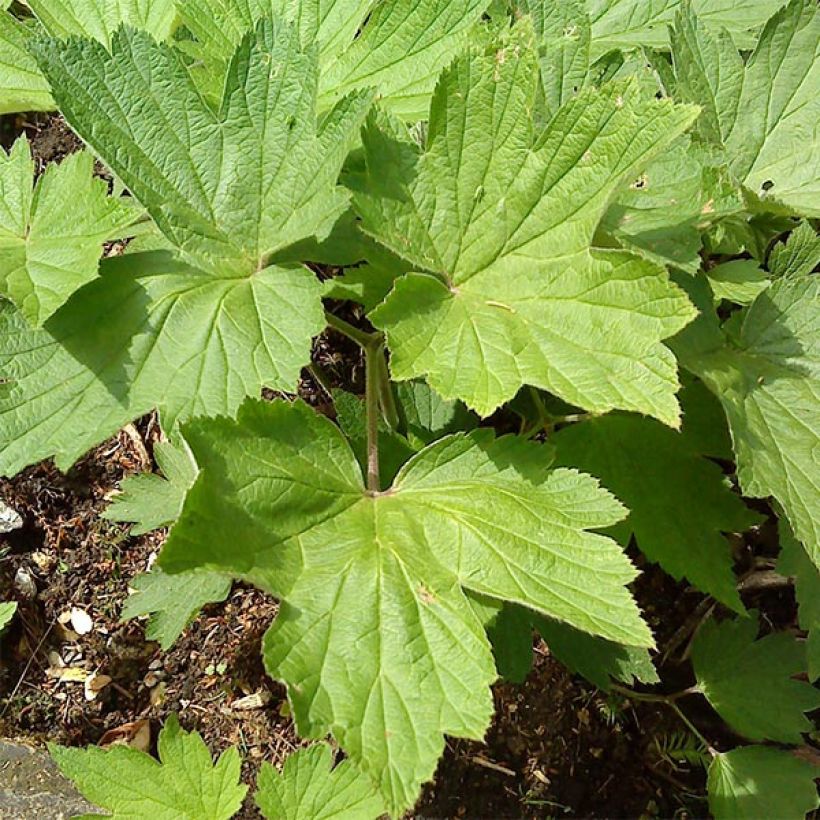

Flowering
Foliage
Plant habit
Botanical data
Anemone
hupehensis
Splendens
Ranunculaceae
Japanese anemone, Thimbleweed, Windflower
Cultivar or hybrid
Other Japanese Anemones
Planting and care
'Splendens' settles in spring or autumn in moist and rich soil, that is not too chalky. In the first year, make sure to water it or mulch it if the summer is dry. However, the substrate must remain well-drained and not waterlogged in winter. It thrives in a sunny exposure, but not in a scorching situation, or in partial shade, ideally in the morning sun. Its fibrous roots take time to establish, so it is preferable to leave it in place for a while to allow it to develop. Afterwards, it will easily occupy the space by expanding.
Planting period
Intended location
Care
-
, onOrder confirmed
Reply from on Promesse de fleurs
Summer flowering perennials
Haven't found what you were looking for?
Hardiness is the lowest winter temperature a plant can endure without suffering serious damage or even dying. However, hardiness is affected by location (a sheltered area, such as a patio), protection (winter cover) and soil type (hardiness is improved by well-drained soil).

Photo Sharing Terms & Conditions
In order to encourage gardeners to interact and share their experiences, Promesse de fleurs offers various media enabling content to be uploaded onto its Site - in particular via the ‘Photo sharing’ module.
The User agrees to refrain from:
- Posting any content that is illegal, prejudicial, insulting, racist, inciteful to hatred, revisionist, contrary to public decency, that infringes on privacy or on the privacy rights of third parties, in particular the publicity rights of persons and goods, intellectual property rights, or the right to privacy.
- Submitting content on behalf of a third party;
- Impersonate the identity of a third party and/or publish any personal information about a third party;
In general, the User undertakes to refrain from any unethical behaviour.
All Content (in particular text, comments, files, images, photos, videos, creative works, etc.), which may be subject to property or intellectual property rights, image or other private rights, shall remain the property of the User, subject to the limited rights granted by the terms of the licence granted by Promesse de fleurs as stated below. Users are at liberty to publish or not to publish such Content on the Site, notably via the ‘Photo Sharing’ facility, and accept that this Content shall be made public and freely accessible, notably on the Internet.
Users further acknowledge, undertake to have ,and guarantee that they hold all necessary rights and permissions to publish such material on the Site, in particular with regard to the legislation in force pertaining to any privacy, property, intellectual property, image, or contractual rights, or rights of any other nature. By publishing such Content on the Site, Users acknowledge accepting full liability as publishers of the Content within the meaning of the law, and grant Promesse de fleurs, free of charge, an inclusive, worldwide licence for the said Content for the entire duration of its publication, including all reproduction, representation, up/downloading, displaying, performing, transmission, and storage rights.
Users also grant permission for their name to be linked to the Content and accept that this link may not always be made available.
By engaging in posting material, Users consent to their Content becoming automatically accessible on the Internet, in particular on other sites and/or blogs and/or web pages of the Promesse de fleurs site, including in particular social pages and the Promesse de fleurs catalogue.
Users may secure the removal of entrusted content free of charge by issuing a simple request via our contact form.
The flowering period indicated on our website applies to countries and regions located in USDA zone 8 (France, the United Kingdom, Ireland, the Netherlands, etc.)
It will vary according to where you live:
- In zones 9 to 10 (Italy, Spain, Greece, etc.), flowering will occur about 2 to 4 weeks earlier.
- In zones 6 to 7 (Germany, Poland, Slovenia, and lower mountainous regions), flowering will be delayed by 2 to 3 weeks.
- In zone 5 (Central Europe, Scandinavia), blooming will be delayed by 3 to 5 weeks.
In temperate climates, pruning of spring-flowering shrubs (forsythia, spireas, etc.) should be done just after flowering.
Pruning of summer-flowering shrubs (Indian Lilac, Perovskia, etc.) can be done in winter or spring.
In cold regions as well as with frost-sensitive plants, avoid pruning too early when severe frosts may still occur.
The planting period indicated on our website applies to countries and regions located in USDA zone 8 (France, United Kingdom, Ireland, Netherlands).
It will vary according to where you live:
- In Mediterranean zones (Marseille, Madrid, Milan, etc.), autumn and winter are the best planting periods.
- In continental zones (Strasbourg, Munich, Vienna, etc.), delay planting by 2 to 3 weeks in spring and bring it forward by 2 to 4 weeks in autumn.
- In mountainous regions (the Alps, Pyrenees, Carpathians, etc.), it is best to plant in late spring (May-June) or late summer (August-September).
The harvesting period indicated on our website applies to countries and regions in USDA zone 8 (France, England, Ireland, the Netherlands).
In colder areas (Scandinavia, Poland, Austria...) fruit and vegetable harvests are likely to be delayed by 3-4 weeks.
In warmer areas (Italy, Spain, Greece, etc.), harvesting will probably take place earlier, depending on weather conditions.
The sowing periods indicated on our website apply to countries and regions within USDA Zone 8 (France, UK, Ireland, Netherlands).
In colder areas (Scandinavia, Poland, Austria...), delay any outdoor sowing by 3-4 weeks, or sow under glass.
In warmer climes (Italy, Spain, Greece, etc.), bring outdoor sowing forward by a few weeks.

































